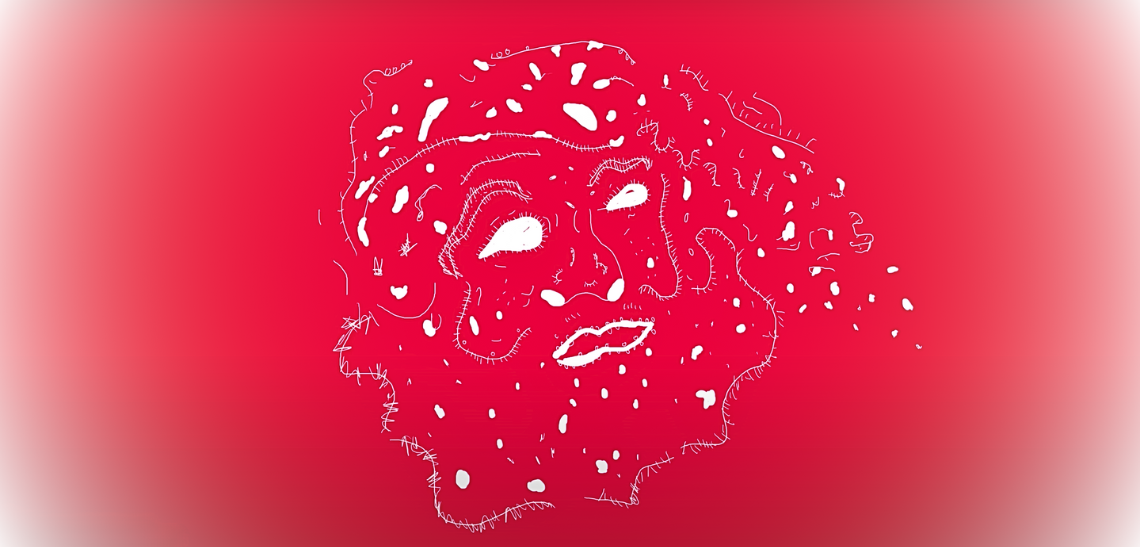When pondering the prevalence of Santa Claus in western culture, we see kitschy holiday movies, neon-lit figures in front yards, and patterned, white-bearded wrapping paper. Santa has been a widely accepted symbol of Christmas cheer for centuries, but where did the myth begin?
If you’ve read about the origins of this gift-giving character, you’ve most likely stumbled upon the link to a third century monk named Saint Nicholas, who was known for his charity and kindness. But could the Santa Claus folklore have been born out of something a bit…trippier?
As historians and scholars investigated the origins more closely, an alternative narrative emerged—giving a (surprisingly legitimate) psychedelic slant to a traditional legend.






